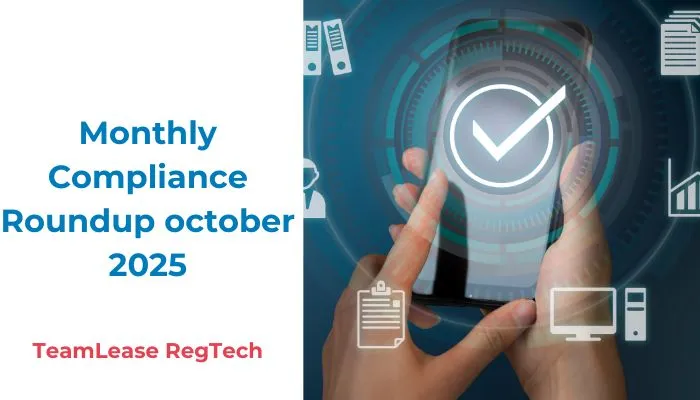The advisory for COVID-19 compliance ought to come from the Human Resource Department of an organization. It is deliberated on by the business heads (where CHROs and People-Happiness functionaries play a lead role) and executives; further, it’s cascaded and carried out by the HR personnel at every level in the organization’s hierarchy. They can be classed as the frontline workers for COVID-19 compliance, policing and grievance redressal, and managing the impact of the various scenarios with which the COVID-19 pandemic presents organizations.
What makes COVID-19 compliance complex?
The truth is that COVID-19 compliance has by now become an ongoing effort for most organizations. They no longer consider this healthcare emergency to be a blip in normal function or wait for it to be over. Rather, it has been the conduit out of which a new normal for workplace planning, staffing, and business activity are starting to emerge.
You might also be interested to read: Neuroscience Pilots the Best Employee Engagement Activities
This calls for a sea change that is driven by the COVID-19 compliance efforts:
- The provision to work from home is no longer a once-in-a-while or good-to-have option. Traditionally, most Indian households have several generations living together in the same household and isolation isn’t possible. Working professionals need to balance home lives in which senior citizens and school-going children are present. To keep themselves and their families free of unnecessary exposure to the coronavirus, working from home becomes a significant part of working life. Hindustan Coca-Cola Beverages is one of the prime organizations to make working from home a policy that’s here to stay. This is set to be the norm and not the exception.
- Flexible time-sheets are on the horizon of every HR professional and line manager. They now encourage their workforce to be outcome-focused and result-oriented. In contrast, the factor of the actual number of hours clocked begins to fade as long as the key result areas (KRAs) for a job role are met.
- Employees in India are multilingual, digitally literate, and happy to keep up with the trends and needs of the job market. Initiatives such as the National Digital Literacy Mission carried out in congruence with the Council for Social Development ensure that nearly 80% of the youth in the age group 14-25 years are digitally literate with basic applications.
- The teachable, flexible, and work-focused Indian population is supported by employers who offer remote services, troubleshooting, and assistance for their work – this can be IT and hardware support, short courses, and video walk-throughs on how to make tools work, and so on.
- COVID-19 compliance efforts include providing ready support and regulation of data centers, virtual support networks, and intranet permissions so that crucial third-party data that comes in the purview of remote and distributed teams and consultants remains secure. Employees need to be made aware of the risks of data falling into the wrong hands. For this to happen, IT departments have to work hand in hand with HR and training personnel. HR leads such efforts.
- Employers need to prepare for workarounds on shift timings, staggered work stations and hours, and employees reporting to on-site work on different days of the week when absolutely necessary, so that isolation and hygiene practices related to COVID-19 compliance are easy to keep up.
- Finally, the provision of quarters for spaced work, recreation, and cafeteria accommodation, availability of clean running water, soap, and spaces for social distancing during scheduled breaks is also the responsibility of the employer. PPE kits should be made available for situations in which social distancing is not possible.
Employers enforcing COVID-19 compliance have to brace for every scenario: including enforcing mask-wearing, guidelines for in-person attendance at work, and codes for tracking performance metrics, absenteeism, and leave policy as a majority of the workforce stays remote. Dissent may crop up in any of these areas as these directives are relatively new. In all this, HR can take a pivotal leadership role in ensuring that policies and their execution are employee-friendly, humane, and conducive to high employee motivation toward their job role.
References:
- HR’s key role in COVID-19 compliance for 2021 | HR Morning | Tim McElgunn | December 2020
- Digital Literacy Report 2017 | Council for Social Development
You might also be interested to read:
Trending Topics:






